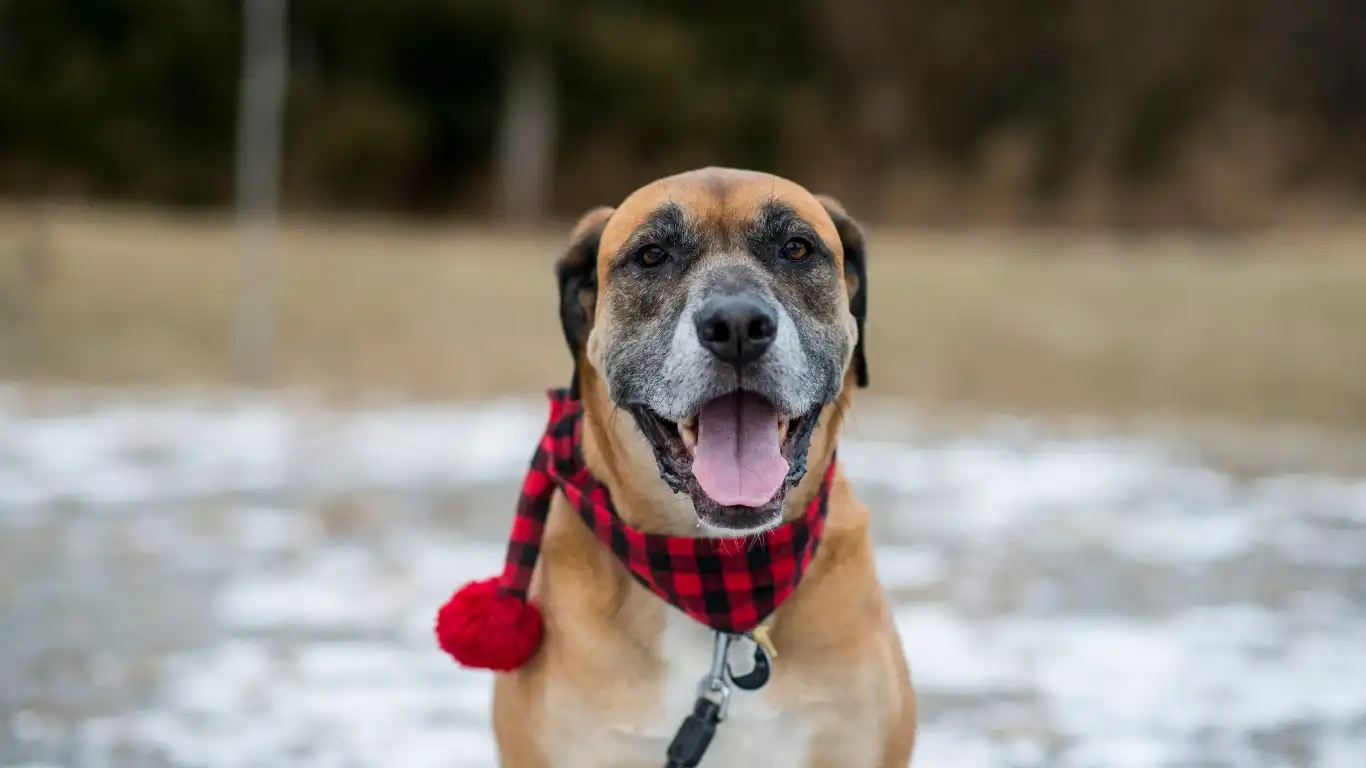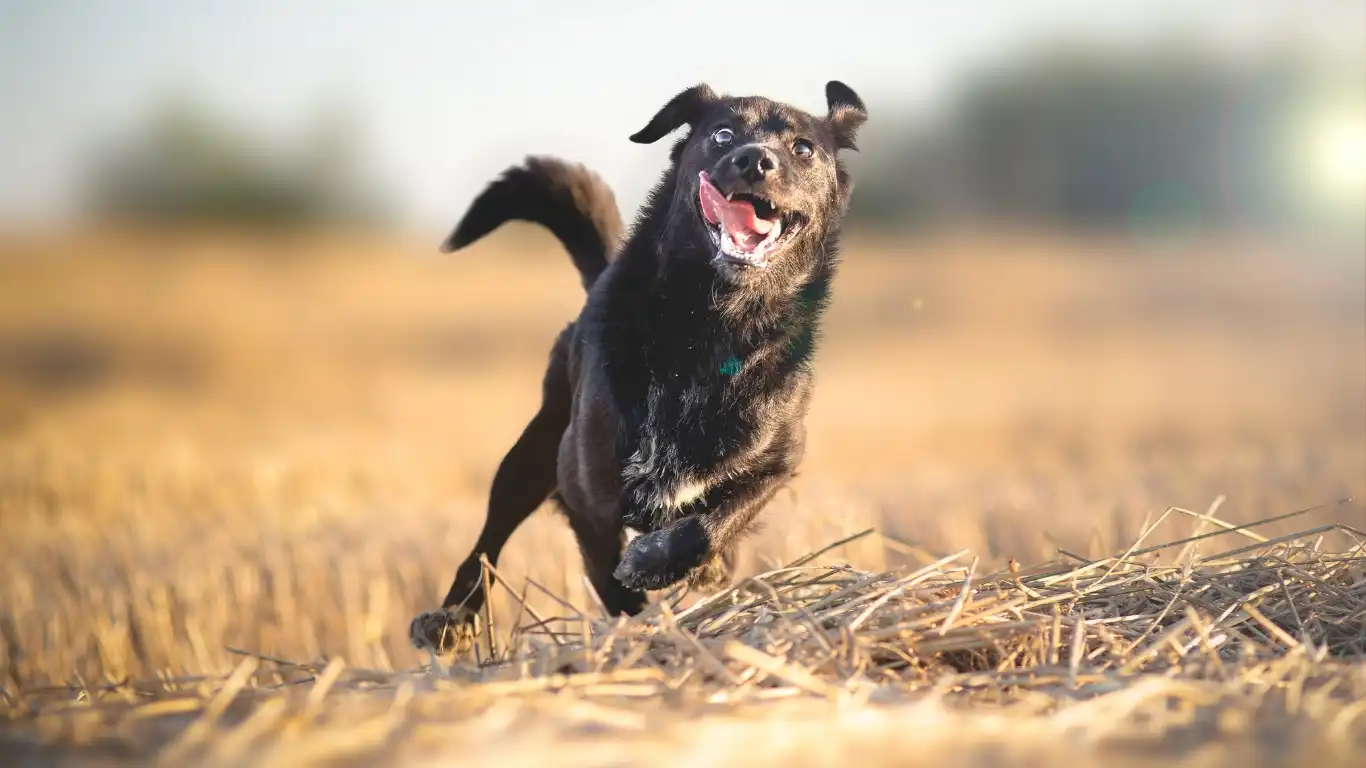How to Create a Simple Dog First-Aid Plan for Emergencies
When it comes to our furry friends, knowing how to create a simple dog first-aid plan isn’t just a good idea — it’s a must. As a Veterinary Technician specializing in nutrition, I’ve seen firsthand how emergencies can catch even the most prepared pet parents off guard. The good news? You don’t need to be a vet to have a solid, easy-to-follow first-aid plan that can make a huge difference when seconds count. Today, I’ll walk you through everything you need to know to get started with your own dog first-aid plan, blending practical advice with some insider tips from my years working with pets.
Why Every Dog Owner Needs a Simple First-Aid Plan

Emergencies with dogs happen suddenly and often when you least expect them. Whether it’s a cut from a sharp object during a walk, sudden choking, or even heatstroke on a hot summer day, having a plan can save your dog’s life. From my experience, the most effective first-aid plans are the ones that are straightforward and easy to remember under stress. That’s why I always recommend starting simple and building your knowledge and supplies gradually.
What a Simple Dog First-Aid Plan Includes
When I first started as a vet tech, I was surprised at how often pet owners overlooked the basics. A solid first-aid plan isn’t about complicated medical procedures — it’s about being prepared with the right tools and knowledge to stabilize your dog until professional help arrives. Here’s what I believe every first-aid plan should cover:
- Basic First-Aid Kit – Includes essentials like gauze, bandages, antiseptic wipes, tweezers, and a digital thermometer.
- Emergency Contacts – Keep your vet’s number, the nearest emergency animal hospital, and poison control hotline handy.
- Recognizing Common Emergencies – Knowing signs of choking, heatstroke, seizures, and poisoning.
- Simple Procedures – How to control bleeding, perform CPR, and manage choking.
- Regular Updates – Check and refresh your first-aid supplies and knowledge every few months.
Putting Together Your Dog’s First-Aid Kit
From personal experience, the first step I took was assembling a first-aid kit tailored specifically for dogs. It’s tempting to grab a generic human kit, but dogs have unique needs and sizes, so customizing is key. Here’s my recommended starter list:
- Sterile gauze pads and rolls – For wrapping wounds and controlling bleeding.
- Adhesive tape – To secure bandages without irritating your dog’s skin.
- Antiseptic solution or wipes – For cleaning cuts to prevent infection.
- Tweezers – Helpful for removing ticks, splinters, or debris.
- Digital thermometer – A must-have for checking your dog’s temperature quickly.
- Hydrogen peroxide (3%) – For inducing vomiting, but only when advised by a vet or poison control.
- Latex gloves – For hygiene and protection when handling wounds.
- Styptic powder or pencil – To stop minor bleeding from nail trims or small cuts.
- Emergency blanket – Useful for warmth or to calm a dog in shock.
Trust me, having these items organized in one spot makes it so much easier when an emergency strikes. I keep mine in a waterproof bag stored somewhere accessible but safe from curious paws!
Recognizing Common Dog Emergencies: What You Need to Know

One of the biggest challenges when you’re faced with a dog emergency is knowing exactly what’s happening. When I was starting out as a vet tech, I quickly learned that recognizing the signs of common emergencies can make a huge difference in how fast and effectively you respond. So, if you want to know how to create a simple dog first-aid plan that really works, understanding the most typical emergencies is key.
Choking and Airway Obstruction
Dogs, especially curious ones, love to explore the world with their mouths. This means choking is a surprisingly common emergency. If your dog is pawing at their mouth, gagging, coughing, or struggling to breathe, they could have something stuck in their airway. From my personal experience, staying calm and acting fast is critical here. You want to try to gently remove the object if it’s visible, but never blindly reach into their mouth — you might push it further down or get bitten.
If you can’t get the object out easily, performing dog-specific Heimlich maneuver techniques while rushing to your vet or emergency clinic can save your dog’s life. Practice these maneuvers safely by watching trusted veterinary tutorials, so you’re ready when it matters.
Heatstroke and Dehydration
Having worked in nutrition and overall care, I know how sensitive dogs can be to overheating. Heatstroke can sneak up on a dog during hot weather or after vigorous exercise. Early signs include heavy panting, drooling, weakness, and vomiting. If untreated, heatstroke can cause seizures, organ failure, or even death.
To manage heatstroke before you get to a vet, immediately move your dog to a cool, shaded area and offer small amounts of water. Use cool (not cold) wet towels on their body to help lower their temperature gradually. From experience, rushing to cool your dog too fast or with ice-cold water can shock their system, so take it slow and steady.
Bleeding and Wounds

One of the most common emergencies I’ve treated as a vet tech is bleeding — from minor cuts to deeper wounds. The first rule? Don’t panic. Apply direct pressure with a clean cloth or gauze to stop the bleeding. If the bleeding is heavy or won’t stop, wrap the wound gently with gauze or a clean cloth and head to the nearest vet immediately.
Keep in mind that some wounds might look minor but can get infected quickly. That’s why cleaning wounds with antiseptic and monitoring them over the next few days is important. I always tell pet parents to watch for swelling, redness, or discharge and to call their vet if anything looks off.
Simple First-Aid Procedures You Can Do at Home

Now that you have a good grasp of what emergencies might look like, let’s talk about some simple, practical first-aid skills that every dog owner should know. These aren’t complicated medical treatments — just straightforward, lifesaving moves you can do confidently, even if you’re nervous.
How to Check Your Dog’s Vital Signs
Knowing how to check your dog’s vital signs gives you important clues about their health during an emergency. Start with the basics:
- Pulse: You can find your dog’s heartbeat by feeling the inside of their thigh (femoral artery). Count the beats for 15 seconds and multiply by 4 to get the beats per minute. Normal rates vary by size but typically range from 60 to 140 bpm.
- Respiration: Watch your dog’s chest rise and fall to count breaths per minute. Normal is around 10–30 breaths per minute at rest.
- Temperature: Use a digital rectal thermometer (lubricated) for accuracy. Normal dog temperature is 101 to 102.5°F.
When I first started doing this, I was surprised how calm dogs stayed if you gently talked to them and moved slowly. It helps to have a second person assist if your dog is anxious.
Performing Basic Wound Care
Cleaning and dressing wounds is one of the first things I teach pet parents. After washing your hands and putting on gloves, gently rinse the wound with sterile saline or clean water. Avoid using harsh substances like hydrogen peroxide directly on the wound, as they can damage tissue. Apply a non-stick sterile pad, then wrap lightly with gauze and secure with adhesive tape, but not too tight.
How to Perform CPR on Your Dog
I won’t sugarcoat it — performing CPR can feel intimidating, but knowing the basics can be a game-changer. The steps are similar to human CPR but adapted for canine anatomy. Here’s a quick overview:
- Check for responsiveness and breathing.
- If no breathing, gently extend the dog’s head and open the airway.
- Give two rescue breaths by sealing your mouth over their nose and exhaling gently.
- Perform chest compressions: place hands over the widest part of the chest and push down firmly, about 30 compressions followed by 2 breaths.
- Repeat cycles until the dog starts breathing or help arrives.
As a vet tech, I always recommend watching videos and practicing with a dog mannequin if possible — confidence comes with preparation!
Keeping Your Dog’s First-Aid Plan Up to Date and Practicing Regularly

One thing I can’t stress enough from my years as a Veterinary Technician is that a first-aid plan isn’t something you set and forget. Just like your dog’s nutrition or vaccinations, it needs regular attention to stay effective. I always recommend reviewing your plan and supplies at least every three to six months — that way, you’re not caught unprepared when an emergency does happen.
Check expiration dates on medications and antiseptics, refresh your knowledge by revisiting trusted resources, and practice the skills we talked about — like checking vital signs or applying bandages. Honestly, practicing these skills on a calm, healthy dog (or even a stuffed animal if your dog won’t sit still) builds your confidence, so you don’t freeze up in a real emergency.
Creating a Calm and Safe Environment
Something I learned on the job is that emergencies can be just as stressful for dogs as they are for us. Your dog picks up on your energy, so staying calm is a huge part of effective first aid. I always tell pet owners to speak softly, use slow movements, and offer gentle reassurance. If your dog is injured, try to keep them still and avoid unnecessary handling until you’ve stabilized the situation.
Having a quiet space where you keep your first-aid kit and emergency info can help reduce stress during an emergency. Make sure everyone in your household knows where the kit is and understands the basic steps to take — teamwork really makes a difference.
When to Seek Professional Veterinary Care

While a simple dog first-aid plan empowers you to handle minor emergencies and provide critical initial care, it’s crucial to know your limits. There are times when immediate professional care is non-negotiable. Based on my veterinary experience, here are some clear signs that it’s time to call your vet or rush to an emergency clinic:
- Uncontrolled bleeding or deep wounds – If bleeding won’t stop after 10 minutes of pressure or the wound looks severe.
- Difficulty breathing or persistent choking – Any signs that your dog is struggling for air.
- Loss of consciousness or seizures – These require urgent medical intervention.
- Suspected poisoning or ingestion of toxic substances – Even if your dog seems okay at first.
- Severe vomiting or diarrhea lasting more than 24 hours – Especially with lethargy or blood present.
- Signs of severe pain or inability to move – Could indicate fractures, spinal injury, or other serious issues.
When in doubt, it’s always better to err on the side of caution. I’ve seen too many cases where early vet intervention made all the difference in outcomes. Your vet will appreciate you calling early, and your dog will too.
Building a Relationship with Your Veterinarian
Over the years, I’ve realized how vital a good relationship with your veterinarian is for effective pet care, including emergencies. Share your first-aid plan with your vet and ask for their input. Many clinics offer first-aid workshops or can recommend reliable resources tailored to your dog’s breed or health conditions.
Also, keep a copy of your dog’s medical records and vaccination history handy with your first-aid kit. This info can be a lifesaver in emergencies, especially if you have to visit an unfamiliar vet or emergency hospital.
Additional Resources to Help You Master Dog First Aid
Education is power, especially when it comes to your dog’s health. Besides what I’ve shared, there are great organizations and websites packed with trusted, vet-approved info on first aid for pets. Regularly updating your knowledge keeps you sharp and ready. Some reputable sources I personally recommend checking out include:
Disclaimer
This blog post is intended for informational purposes only and does not replace professional veterinary advice or care. Always consult your veterinarian for medical concerns regarding your pet’s health. In case of a serious or life-threatening emergency, seek immediate veterinary attention.






